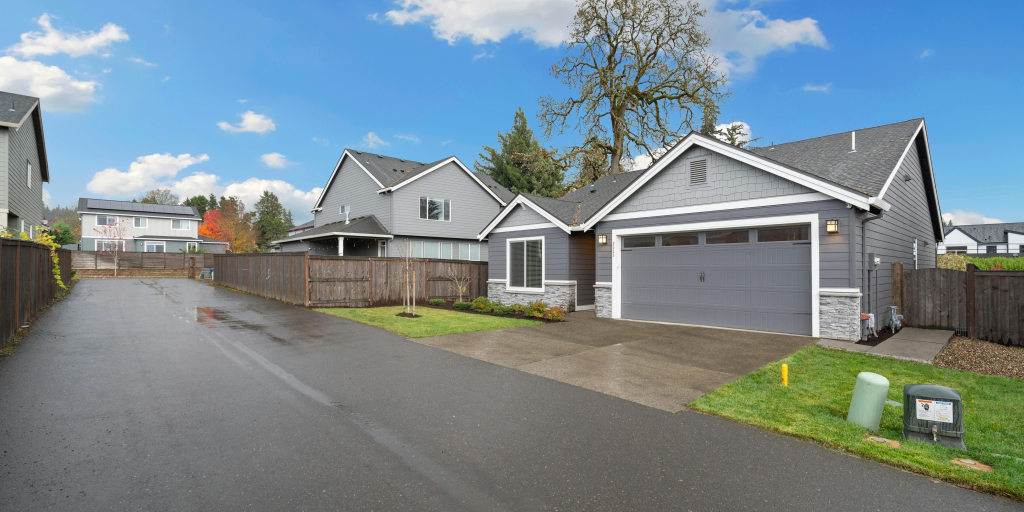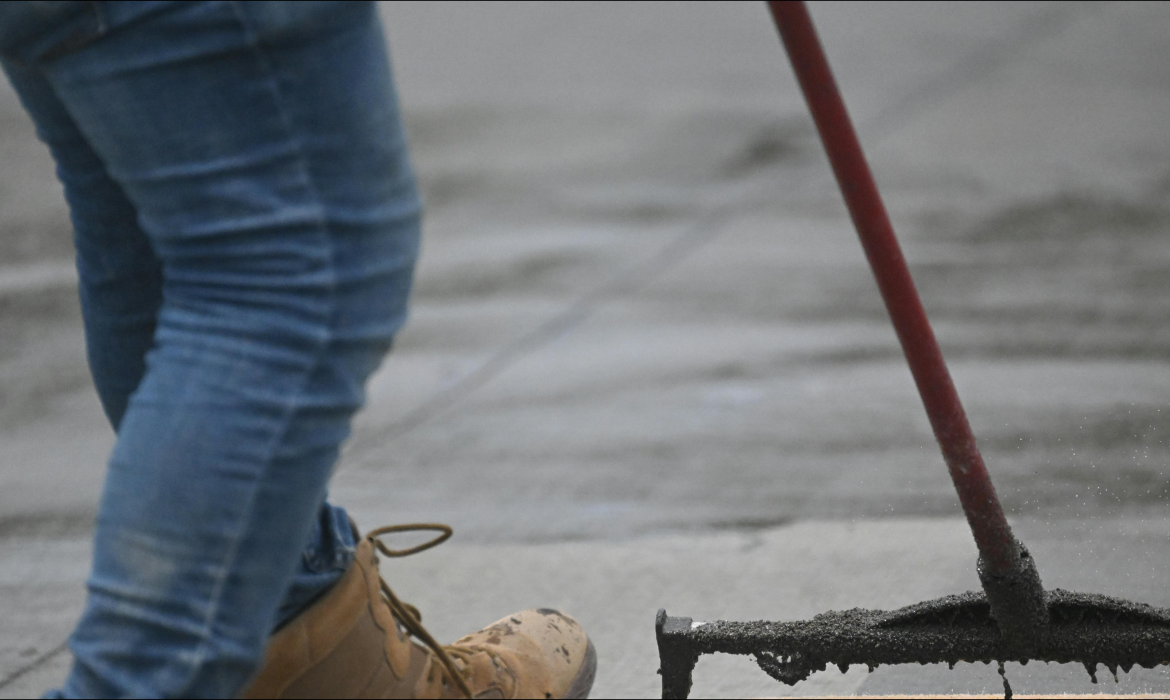You should take good care of your asphalt road so that it stays beautiful and strong for a long time. Putting a sealcoat on your driveway is the best way to keep it safe. How often should you treat a sidewalk made of asphalt? This blog will talk about the things that will determine when to seal your driveway and give you a thorough guide that will help you keep it in good shape.
Understanding Asphalt Sealcoating
Before we can go into the frequency of sealing, it is important to know what sealcoating is and why it is important. Asphalt sealcoating is a protective coating that would be applied on the surface of your driveway.
It serves several critical functions:
Protection: Sealcoating gives a protective coating against these environmental influences such as the UV rays, rain and snow which may damage the asphalt over time.
Aesthetics: It enhances the looks of your driveway as it brings out the dark black color.
Prolonged Lifespan: Sealcoating prevents water penetration and wear and tear that can add years to the life of your asphalt driveway.
Factors Influencing Sealcoating Frequency
The sealcoating frequency could be different based on different factors. Knowing these can help you to come up with the best schedule for your specific driveway.
1. Climate and Weather Conditions
The rate in which you should seal your driveway is also dependent on your local climate. Regions that experience extreme winters and excessive snowfall might require more often sealing due to the freeze-thaw cycles that can damage the asphalt. On the other hand, in the less cold areas, no such regular applications might be needed.
Cold Climates: In severe winters, think of sealing every 2-3 years.
Mild Climates: Such an interval may be sufficient in areas where weather is not that severe.

2. Traffic and Usage
The amount of traffic that your driveway receives also affects its durability as well as sealing needs.
High Traffic: If your driveway is highly frequented by vehicles, particularly heavy ones, you may need to seal it regularly, that is, after every two or three years.
Low Traffic: For the driveways that are not heavily used, the interval of 3-5 years can be sufficient.
3. Age of the Driveway
New asphalt driveways do not require sealing as much as the old ones. Asphalt gets more susceptible to harm and weathering with age.
New Driveways: Wait for at least one year before applying the first sealcoat.
Older Driveways: Older driveways might need more regular sealing to be maintained.
4. Condition of the Asphalt
The state of your driveway at the current time is a crucial factor when making a decision on whether sealcoating is needed.
Well-Maintained: In the absence of damage or cracking of your driveway, you can follow the standard sealing intervals.
Damaged: If your driveway is creaking, crumbling or fading then it might need to be attended to immediately and have regular sealing.
Benefits of Sealcoating Routine
It is a good idea to seal your asphalt driveway periodically because the benefits of doing so are so varied that the effort and money spent are worth it.
1. Enhanced Protection
Sealcoating provides a protective layer that shields the asphalt against the destructive UV rays, water penetration, and the oil spills. This protection means that the asphalt does not break down prematurely.
2. Improved Appearance
A correctly sealed driveway holds its rich black color hence adding curb appeal to your premises. It also hides small surface defects to give your driveway uniform and smooth look.
3. Cost Savings
While it costs you at first, sealcoating can end up saving you some money in the long run. Avoiding expensive repairs and replacement, you can avoid major damage and extend the life of your driveway.
4. Increased Safety
A smooth and sealed surface reduces the chances of skidding, particularly in wet conditions. This can make your driveway safer for cars and pedestrians.
Sealing Your Asphalt Driveway
Below are the steps to guide you through the process of sealing your driveway in case you decide to do so:

1. Clean the Driveway
Start by cleaning the driveway to remove dirt and debris as well as oil stains. You can use a pressure washer or a stiff broom and hose to do this job.
2. Repair Any Damage
Check the driveway for cracks and other damage. Use asphalt repair kit to fill in any crack and holes before applying the sealcoat.
3. Choose the Right Sealcoat
Select high-quality sealcoat product that will suit your climate and driveway needs. There are various sealcoats and they include; acrylic and coal tar-based sealcoats.
4. Apply the Sealcoat
Apply the sealcoat evenly on the driveway with the help of a squeegee or a brush. Ensure that you cover all the areas, including the edges.
5. Allow for Drying
Ensure the sealcoat dries up completely after applying. This is typically 24-48 hours, depending on the weather. Drive on the driveway during this period will damage the sealcoat.
Sealing of asphalt driveway is a maintenance practice that can make it much more durable and attractive. The sealing frequency may depend on climate, traffic, age and condition of the driveway, but a rule of thumb of sealing every 2-3 years in extreme climates and high traffic situations, and every 3-5 years in less severe conditions and less traffic.

